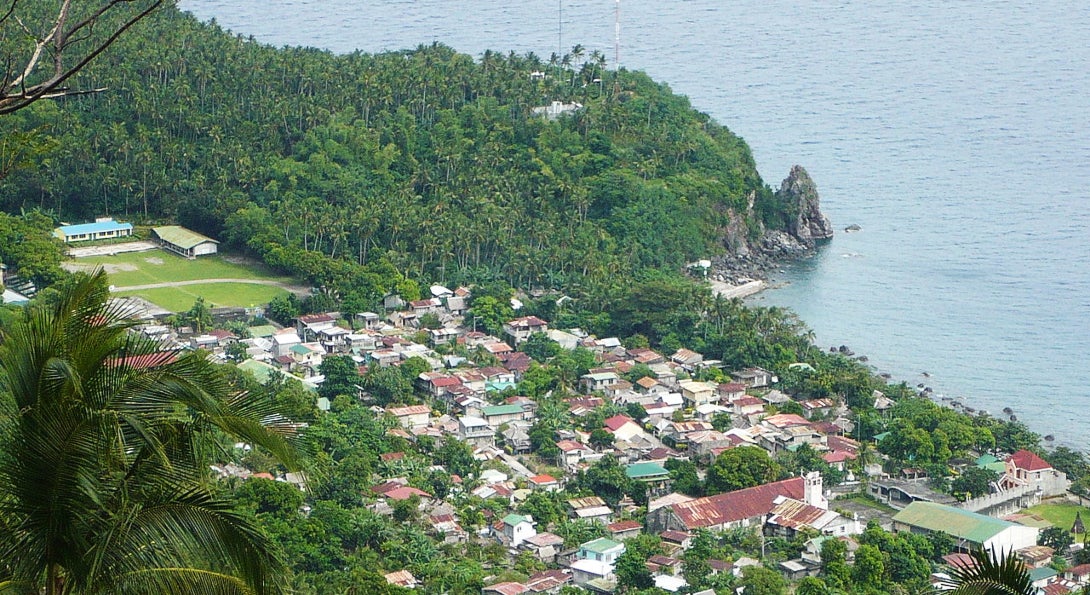Alumna Builds Emergency Preparedness Capacity in the Philippines

Story text Heading link

When Ysabelle Burgos, BA in Public Health ’18, MPH in Health Policy and Administration ’20, was a teenager, she moved from the Philippines to the United States. In summer 2019, as part of her MPH global applied practice experience, she traveled back to the Philippines, working with Child Family Health International and focused on emergency management and preparedness.
“I saw a lot of the same things, but before I only thought of these problems as one that comes with an immediate solution,” Burgos said. “With a public health perspective, I see there’s a reason why there is overpopulation in urban areas, why rural areas tend to have fewer resources.”
Burgos’s work centered on the island of Tablas, within the municipality of Alcantara. She met with the disaster readiness team in Alcantara, where she quickly learned that disaster management in this rural location is closely tied to healthcare delivery. With some training as an emergency medical technician and fluency in Tagalog, Burgos accompanied health workers in their duties at a local clinic and across the area. Her responsibilities ranged from checking in patients to assisting nurses and midwives out in villages to observing health promotion and school-based immunization programs.
Her participation in clinical work was not a planned part of her applied practice experience but was a product of the reality of disaster planning and readiness in this rural location. Limitations in resourcing and staffing lead to an all-hands-on-deck approach, blurring the lines between public health preparation and clinical care.
The resource issue is particularly challenging given the Philippines’ risk for natural disasters ranging from typhoons to earthquakes and volcanic eruptions. The island of Romblon is fairly well-protected from typhoons thanks to outer islands sheltering it, but the lack of infrastructure on the island is a key roadblock toward strengthening public health, Burgos said.
In reviewing the island’s emergency management plans, Burgos noted that schools are the designated sites for evacuations and shelters, but in rural areas, small schools can’t handle the demand. Depending on the length of an evacuation, families packed into small schools could be at risk of disease. On the other hand, families whose livelihood depended on their location near the ocean may be hesitant to evacuate to an inland school.
Selected Quote Heading link
Whenever I discuss disparities with anyone, I tend to look at it from a policy and structural perspective, and you have to also look at the community level. With a public health perspective, you can see the reasons why there is an overpopulation in urban areas and why rural areas tend to have fewer resources.
| BA in Public Health '18, MPH in Health Policy and Administration '20
Story text, continued. Heading link
Burgos says working in the field seeing social determinants and structural factors that affect health in real life drove home the multifactorial impacts on health much more than any sort of classroom learning.
“One of the things I struggle with is being involved in this community and walking the fine line between working with them and exploiting them for my own personal and academic gain,” Burgos said. “I try to keep in mind that whatever I learned in the classroom can’t be fully applied in the field. People have to try to live with [structural factors that affect their health].”